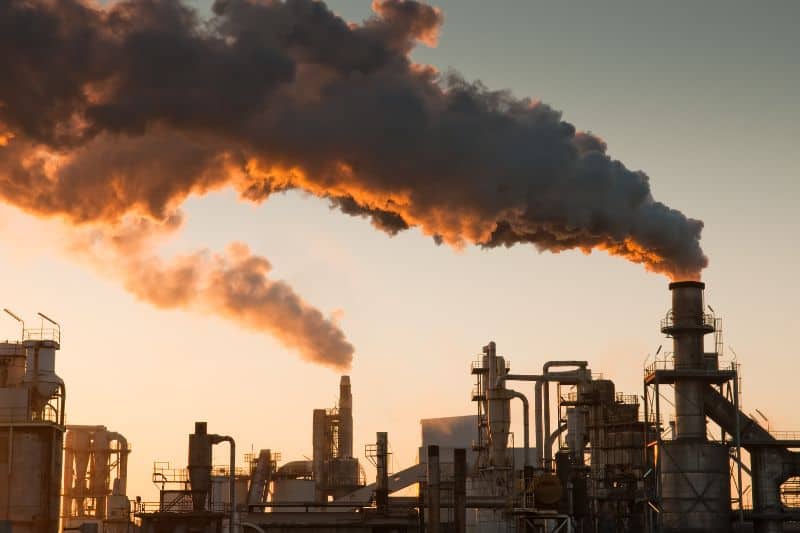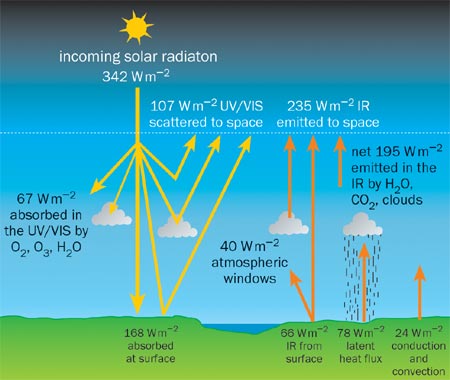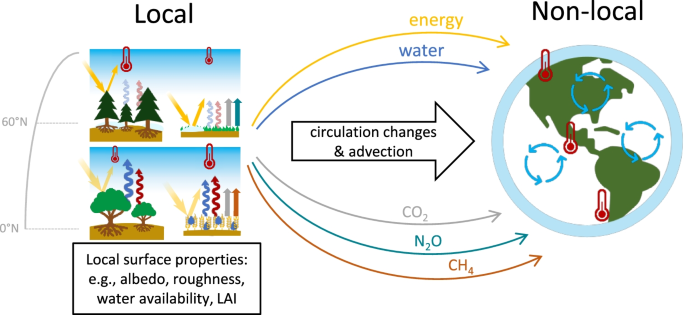Introduction
Climate change is one of the most pressing issues of our time, with far-reaching consequences for the planet and its inhabitants. While there are multiple factors contributing to this global crisis, industrial pollution stands out as a major culprit. The industrial sector, responsible for producing the goods and services that power our modern lives, is also a significant contributor to the emission of greenhouse gases into the atmosphere. In this blog post, we will delve into the various aspects of industrial pollution and its substantial role in exacerbating climate change.
The Industrial Revolution and its Legacy
The Industrial Revolution, which began in the late 18th century, marked a turning point in human history. It brought about unprecedented economic growth, technological advancements, and improvements in living standards. However, it also set the stage for the widespread industrialization that we see today. This industrialization, while beneficial in many ways, has come at a great cost to our environment.
Greenhouse Gas Emissions from Industrial Activities
One of the most significant ways in which industrial pollution contributes to climate change is through the emission of greenhouse gases (GHGs). These gases, including carbon dioxide (CO2), methane (CH4), and nitrous oxide (N2O), trap heat in the Earth’s atmosphere, leading to global warming and the disruption of climate patterns. Industrial processes are responsible for a substantial portion of GHG emissions worldwide.
- Carbon Dioxide (CO2) Emissions
The burning of fossil fuels, such as coal, oil, and natural gas, to generate energy is a primary source of CO2 emissions from industrial activities. Power plants, factories, and other industrial facilities release vast amounts of CO2 into the atmosphere, contributing to the rise in global temperatures. Additionally, industrial processes like cement production release CO2 as a byproduct, further adding to the problem.
- Methane (CH4) Emissions
Methane, a potent greenhouse gas, is released during various industrial activities. The extraction and transport of natural gas, which is a common energy source for industrial processes, are major sources of methane emissions. Additionally, livestock farming and the decomposition of organic waste in landfills, both associated with industrialized agriculture and urbanization, release significant amounts of methane into the atmosphere.
- Nitrous Oxide (N2O) Emissions
Nitrous oxide is another potent greenhouse gas released during industrial processes. It is commonly produced through the use of nitrogen-based fertilizers in agriculture, which is essential for feeding the world’s growing population. However, the excessive use of these fertilizers contributes to N2O emissions, affecting the climate.
Deforestation and Industrial Expansion
Industrial pollution extends beyond emissions from factories and power plants. The expansion of industrial activities often leads to deforestation, especially in regions with abundant natural resources. Forests play a crucial role in mitigating climate change by absorbing CO2 from the atmosphere through photosynthesis. When forests are cleared to make way for industrial operations or agriculture, this important carbon sink is lost, further exacerbating global warming.
The Role of Transportation in Industrial Pollution
Another critical aspect of industrial pollution is transportation. The transportation sector, including road, rail, air, and maritime transportation, relies heavily on fossil fuels. The combustion of these fuels in vehicles and vessels contributes significantly to CO2 emissions. Moreover, the transportation of goods and people over long distances, often involving large cargo ships and planes, consumes substantial amounts of energy and emits GHGs.
The Need for Sustainable Industrial Practices
As the world grapples with the consequences of climate change, it is imperative that industrial sectors take responsibility for their role in contributing to the problem. However, the solution is not to halt industrial activities altogether, as they are essential for economic development and improving the quality of life for billions of people. Instead, the focus should be on adopting sustainable practices that minimize the environmental impact of industry.
- Transition to Renewable Energy Sources
One of the most effective ways to reduce industrial emissions is to transition from fossil fuels to renewable energy sources such as solar, wind, and hydropower. Many industrial processes can be powered by clean energy, reducing CO2 emissions significantly.
- Energy Efficiency Improvements
Industrial facilities can also invest in energy efficiency measures, such as upgrading equipment and implementing better insulation, to reduce energy consumption and emissions. Energy-efficient technologies not only benefit the environment but also lead to cost savings for businesses.
- Carbon Capture and Storage (CCS)
Carbon capture and storage technologies can be employed to capture CO2 emissions from industrial processes before they are released into the atmosphere. This captured CO2 can then be stored underground or utilized in various applications.
- Sustainable Agriculture Practices
In the realm of agriculture, which is closely linked to industrialization, adopting sustainable practices like precision farming, reduced fertilizer use, and reforestation can help reduce GHG emissions associated with food production.
- Circular Economy
Promoting a circular economy, where products are designed for longevity and recycling, can reduce the need for new raw materials and minimize the environmental impact of industrial activities.
Conclusion
Industrial pollution is undeniably a significant contributor to climate change, primarily through the emission of greenhouse gases and deforestation driven by industrial expansion. However, we have the knowledge and technology to transform industrial practices into more sustainable and environmentally friendly processes. It is crucial for governments, businesses, and individuals to work together to reduce the carbon footprint of industrial activities and mitigate the impact of climate change. By adopting cleaner energy sources, enhancing energy efficiency, and embracing sustainable practices, we can pave the way for a more sustainable future while still enjoying the benefits of industrialization.




